New Emissions Analytics study suggests pollution from tire wear now 1,850 times worse than exhaust emissions
Green Car Congress
MAY 13, 2022
In early 2020, UK-based independent testing firm Emissions Analytics published a study claiming that tire particulate wear emissions were 1,000 times worse than exhaust emissions ( earlier post ). Cutting off at 23 nm avoids these ‘semi-volatiles’, whereas 6 nm is a much more comprehensive range. —Emissions Analytics.

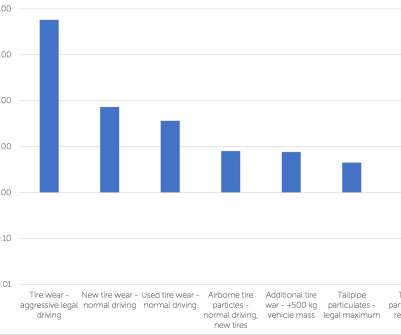

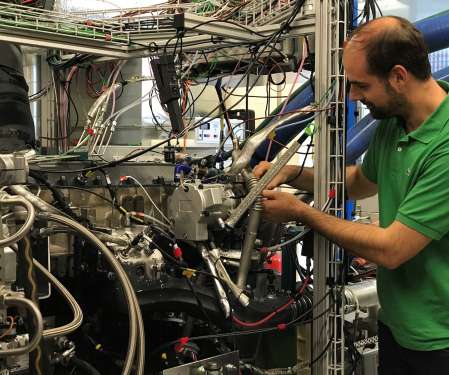
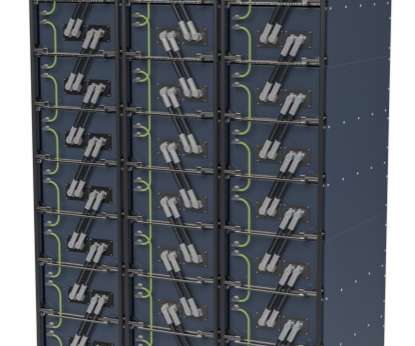







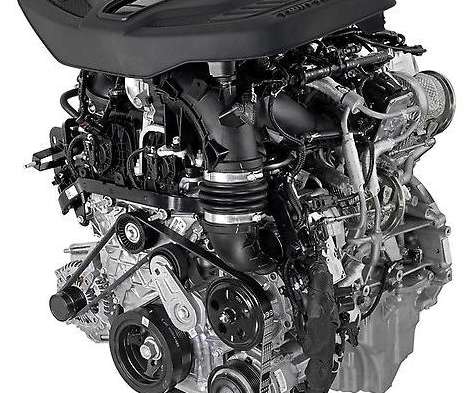



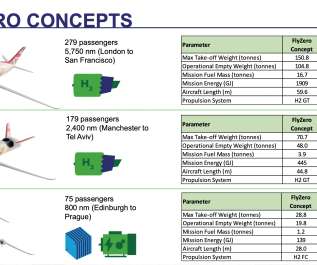




























Let's personalize your content